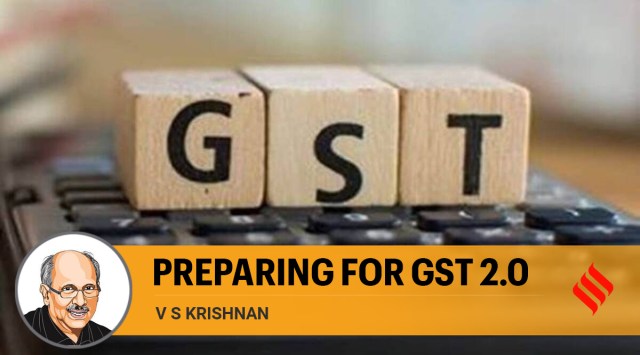
The last five years of the GST journey have been like the samudra manthan that began with the unwanted elements of transition, but slowly yielded the nectar of higher revenues. Many of those who complained about the teething problems of GST perhaps failed to recollect what the indirect tax situation was prior to the implementation of GST: The multiplicity of the Centre and state levies that masked the actual incidence of tax on products, the debilitating effects of the entry tax and the uncertainty of tax rates.
Today, in contrast, we have a single tax across the country combined with a stability in rates and a common technology platform in the form of a GSTN where key business processes of registration, payment of duties and filing of returns are done online in a transparent manner. The ease of payments has improved over time with the technical glitches having been slowly sorted out, leading to a record number of GST registrants – increasing from 1.08 crore in April 2018 to 1.36 crore in 2022. The revenue gains have been significant. If we compare the data of 2020-2021 to 2021-2022, the proportion of GST collected to GSDP (Gross State Domestic Product) rose from 5.8 per cent to 6.4 per cent. If we factor in the three-percentage point decline in the incidence of GST duty from 14.8 to 11.8 per cent as suggested by the RBI, the actual proportion in 2021-2022 would have been 7.4 per cent of the GDP (according to a recent article by Arvind Subramanian and Josh Felman). If this momentum is maintained, the GST collections would help the country to move towards a tax/GDP ratio of 20 per cent in the medium term which would be a great achievement.
The micro, small and medium enterprises (MSME) sector has been affected by the GST reforms because the large units have been reluctant to buy from them in the absence of input duty credit. An important measure here would be to amend the law to provide that all units buying from unregistered GST suppliers would have to pay duty on a reverse charge basis. In order to provide greater procedural comfort to the larger units, the provision relating to the issue of e-way bills and other regulatory procedures must be simplified where purchases are from a smaller unit whose turnover is below a threshold. To further incentivise the larger units and encourage them to trade on the TReDS platform, (the institutional mechanism to facilitate the discounting of invoices for MSMEs from corporate buyers through multiple financiers), the Securities and Exchange Board of India (SEBI) can provide higher credit ratings to such units. This will incentivise them to grow.
While the revenue gains have come through better compliance, the next surge in GST revenues will have to come from an increase in the average incidence of GST duties. The recommendation of the committee by the GST council will, therefore, be important. The challenge would be to do it in a manner which is least inflationary. This will require a combination of measures — phasing out of exemptions, raising of the merit rate from the present level of 5 per cent and merging the 12 per cent rate with the standard rate, whether to 16 per cent or 18 per cent. Together with the rate rationalisation exercise, the government will have to look into other GST reforms to trigger economic growth. This will perhaps require including natural gas/ATF under GST in the first round. Further reforms in the factor markets — land, real estate and energy — would require their inclusion in the GST. This is essential because while the economic reforms of the 1990s restructured the product market, the factor market reforms were incomplete.
Finally, GST 2.0 reforms require the creation of federal institutions. We need to create another institution in the form of a GST state secretariat that can bring together senior officers from the Centre and states in an institutional forum registered under the Society Act. This forum could also provide a common point of contact for trade and industry to redress the grievances on non-policy matters. This would demonstrate that despite the recent dissonance, India’s federal institutions are still strong and that the Indian polity is based on cooperative federalism as an innate principle.
The writer is National Leader, Tax and Economic Policy Group, EY India. Views expressed are personal